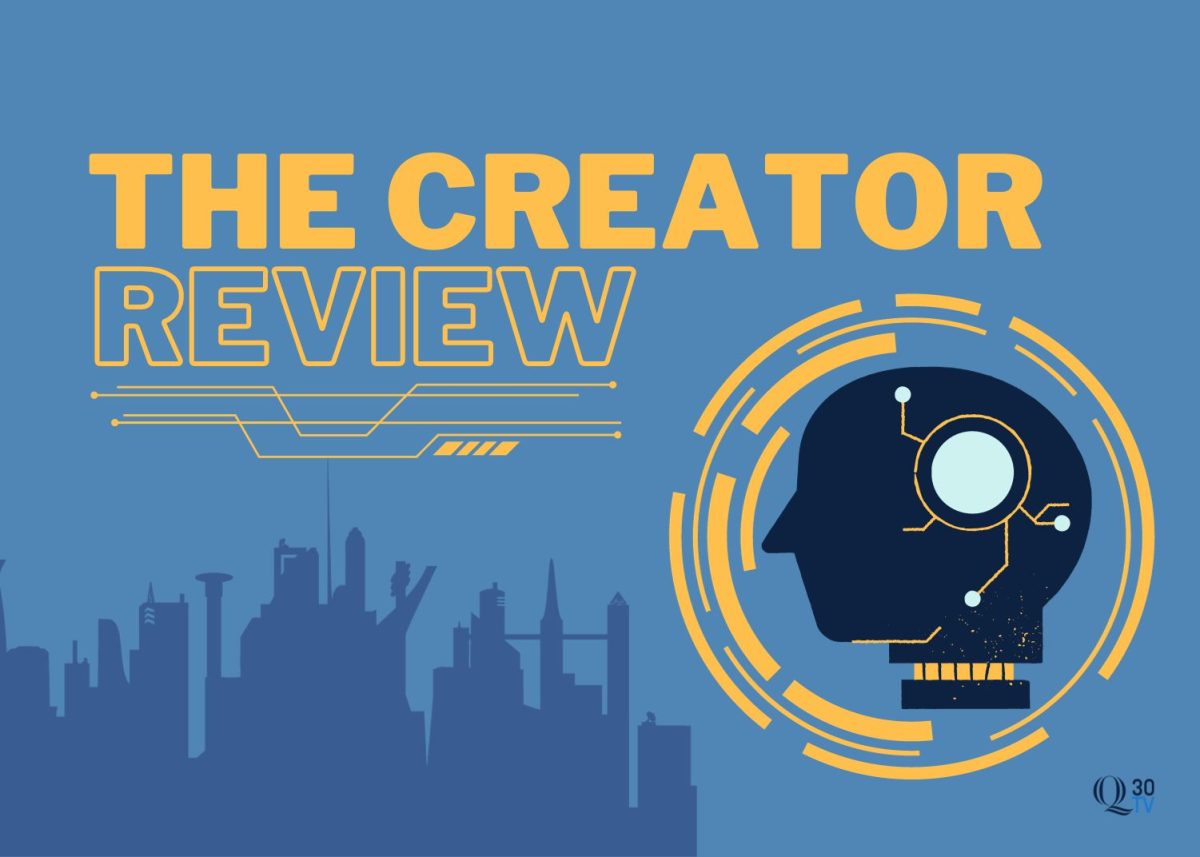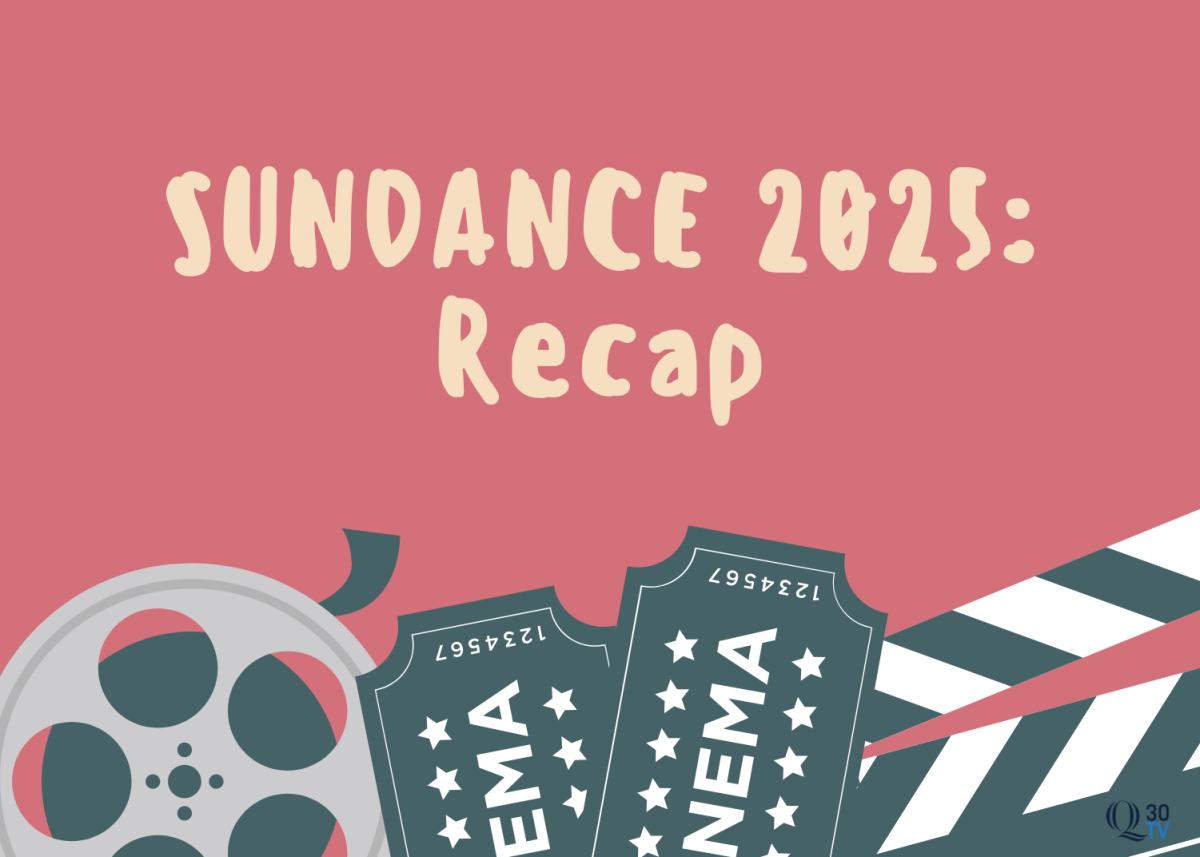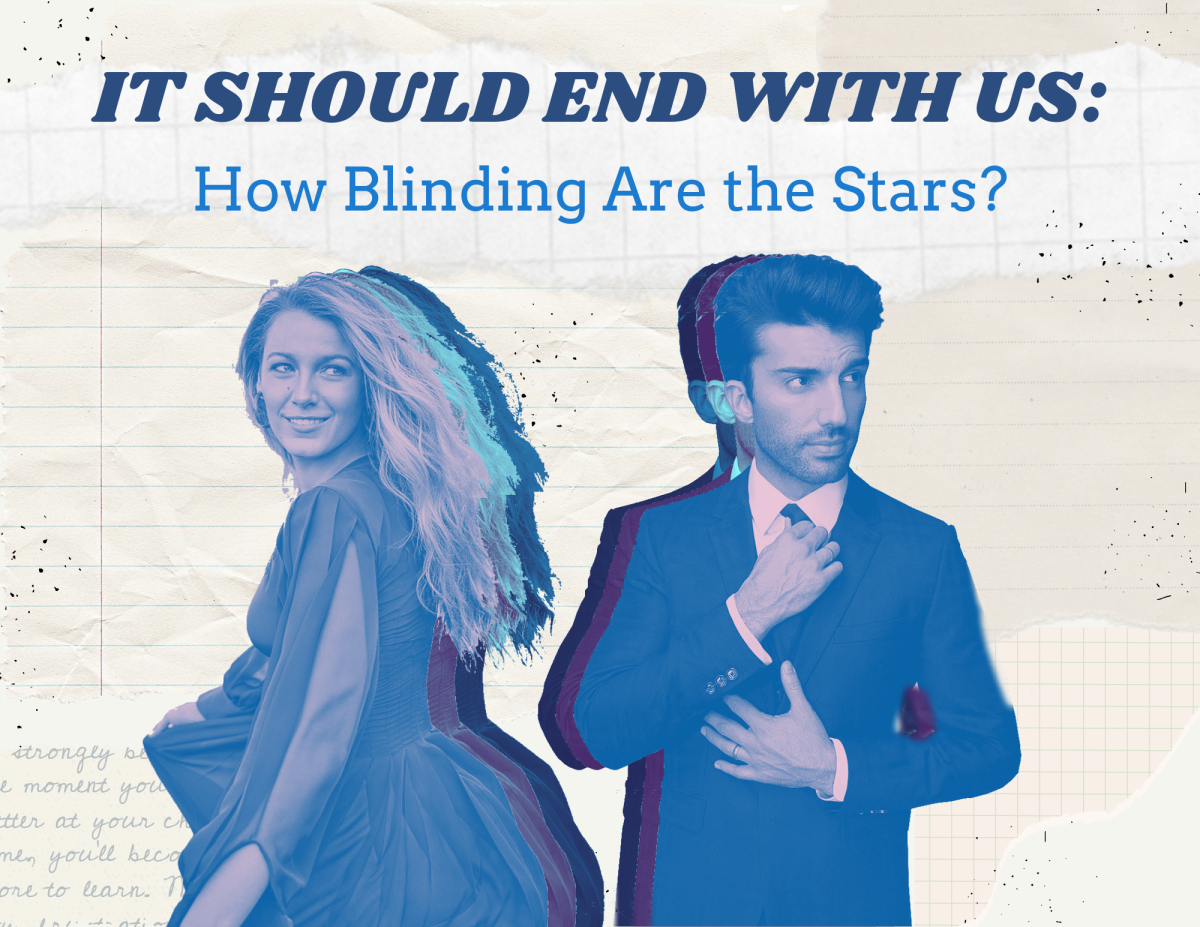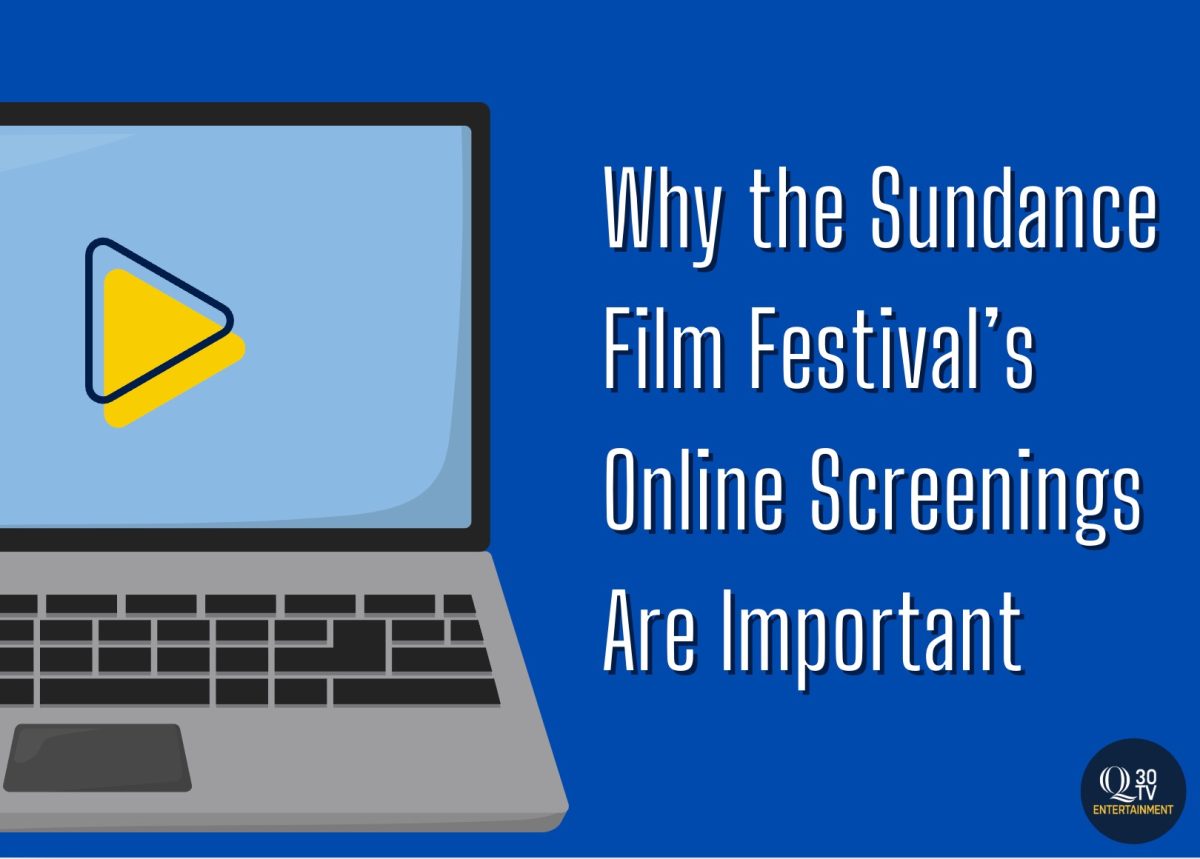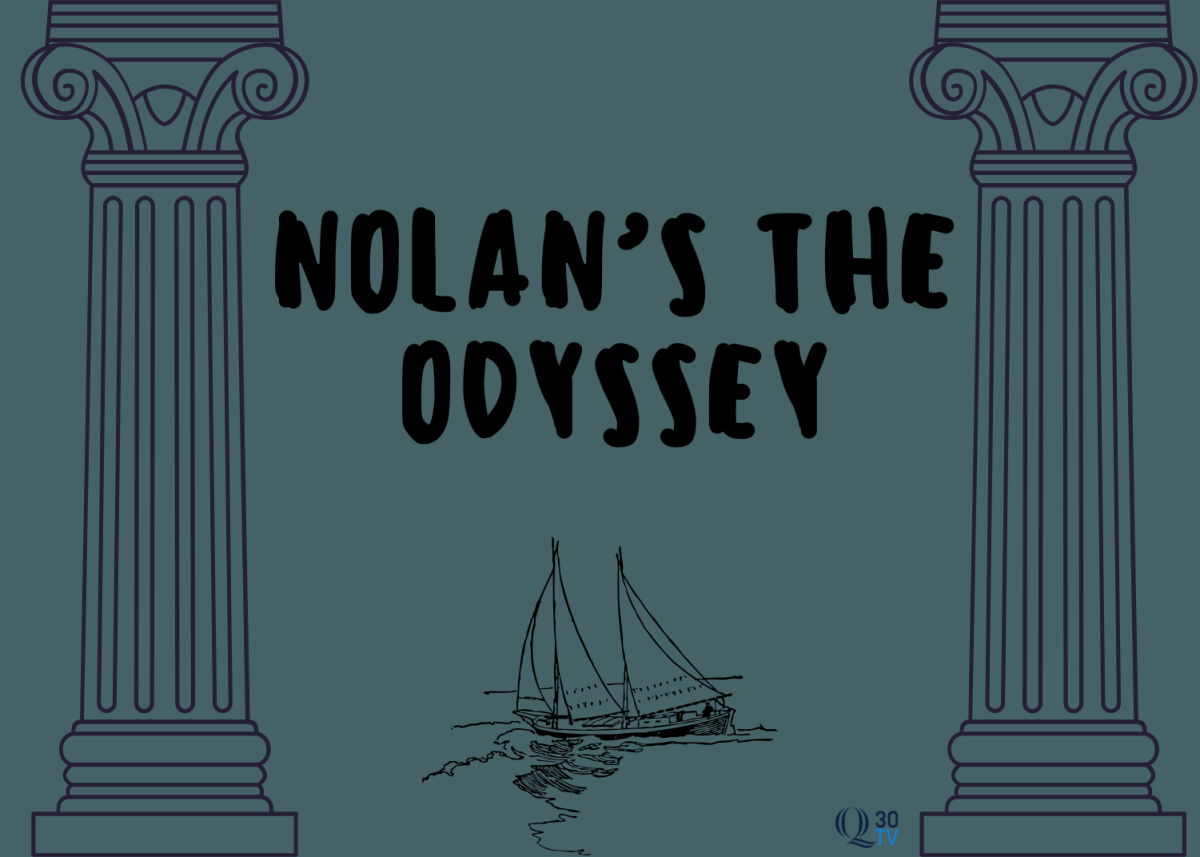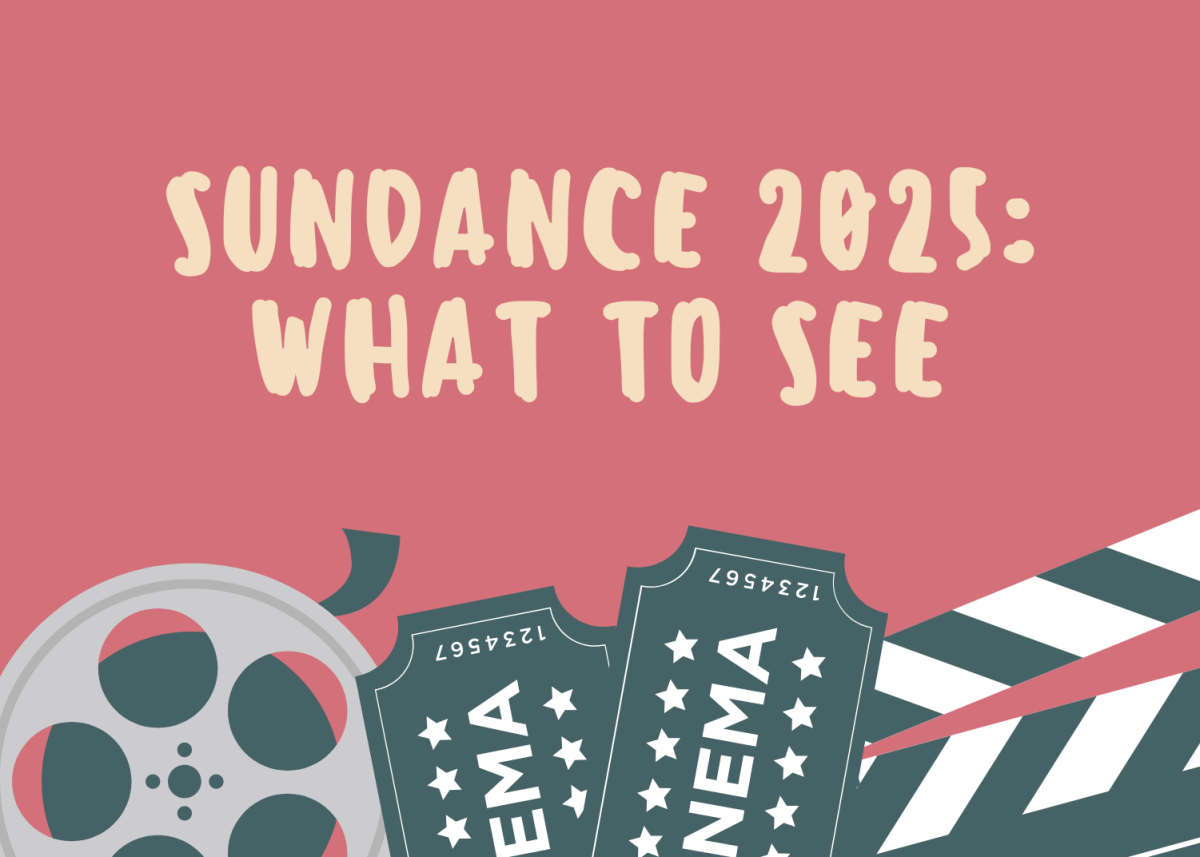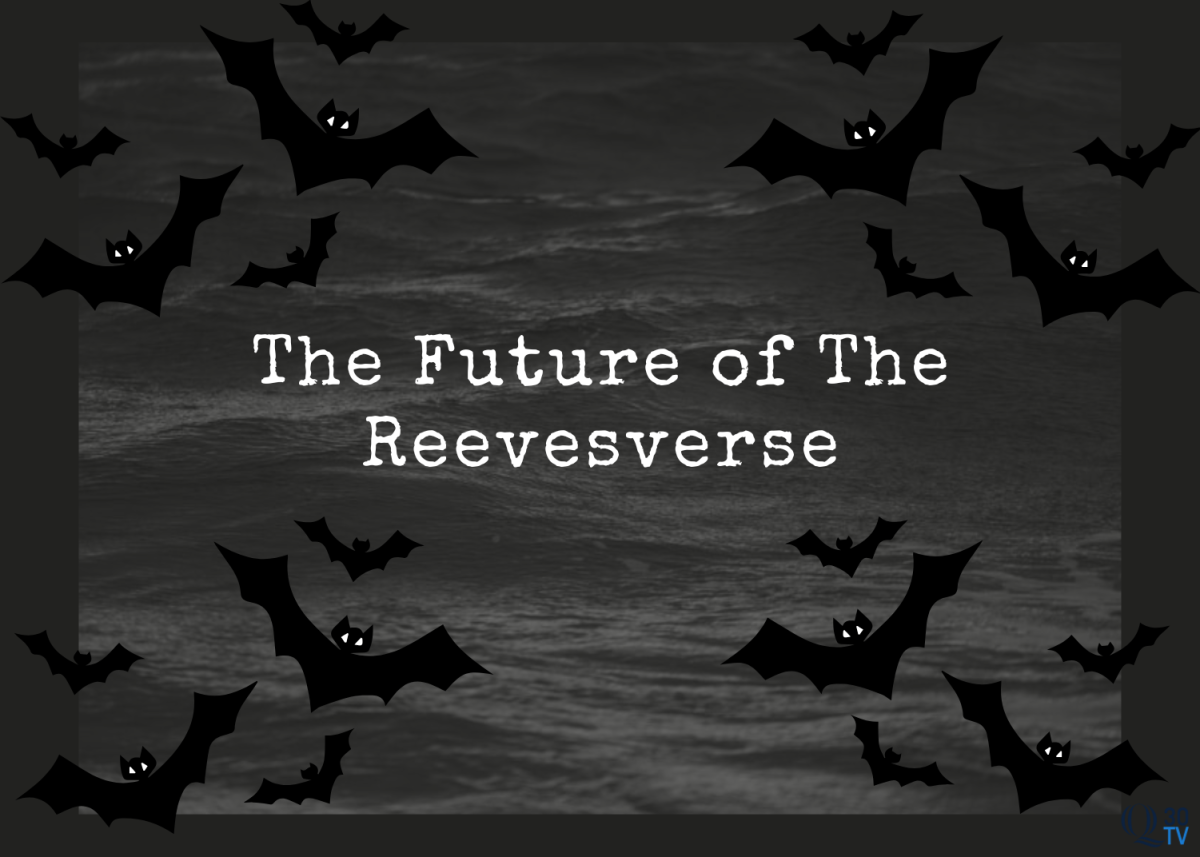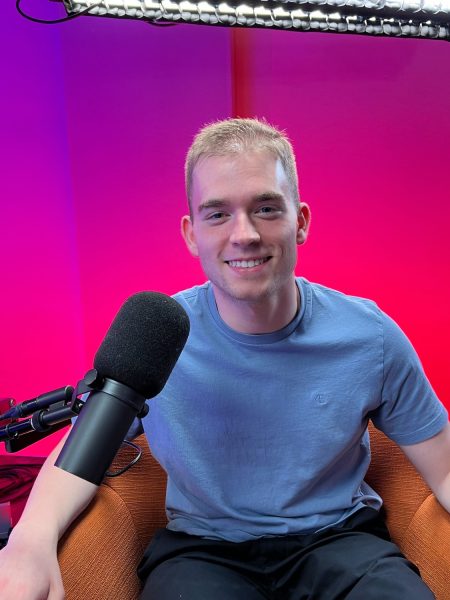The motherlode. “The Creator” is the fresh, original Hollywood blockbuster that moviegoers have been asking for. Director Gareth Edwards’ “Star Wars: Rogue One” roots help to blossom a breathtaking, sprawling sci-fi epic filled with Greig Fraser’s stunning visuals, thrilling action, emotional performances, and clever writing, while featuring a beautiful score from the legendary Hans Zimmer.
“The Creator” centers around a war in the future between the human race and artificial intelligence. Joshua (played by John David Washington) is an ex-special forces soldier who is sent to kill the Creator: the architect of the AIs. The Creator has developed a secret weapon that could destroy mankind—which was made in the form of a young child.
“The Creator” does what every epic should set out to do: tell a small story in a big format. Despite the numerous continents that the narrative travels to, “The Creator” remains grounded as a deep, emotional story about love and mortality. John David Washington takes an emotional grip on the audience that lasts the entire picture, thanks to his heartful delivery and ability to disappear into his character. And his chemistry with the young Madeline Yuna Voyles, the film’s breakout star, is the centerpiece of this profound emotional journey.
Where this film truly immerses you is in its astonishing level of world-building. Each location feels lived-in and authentic. We’re even able to understand the perspectives of people on every side of the war, which helps to make the conflict feel so much more applicable to our own world. This is all accomplished while establishing lore that creates a level of history and weight that permeates through every action in this picture.
Another lesson that Hollywood needs to learn from “The Creator”—is just how impeccable it looks. This can be heavily attributed to the old-school style techniques that Edwards utilized. Shooting on locations without the use of green screens, utilizing smaller, cheaper cameras, and the use of industrial lighting. This helped to make every single location feel real and tangible, rather than the use of green screens that can feel artificial and lack weight. Edwards’ eye for detail helped to flesh out the world of “The Creator,” helping each location to feel tangible and real.
Of course, not every film has renowned cinematographer Greig Fraser as its director of photography, who’s shot projects such as “Dune,” “The Batman,” “Rogue One,” and “The Mandalorian.” But there are countless movies that have far higher budgets than The Creator—yet they can’t replicate its kind of cinematic magic.
In fact, The Creator was shot on a budget of $82 million, which is chump change in Hollywood. In comparison, this year’s “Ant-Man and The Wasp: Quantumania” was shot on a budget of $200 million, and the difference in how both of these films look and feel couldn’t be more drastically different.
Because it’s not about what kind of camera you have, it’s about who’s operating it.
“The Creator” feels like a throwback to an age where epic sci-fi films had something to say, providing a unique perspective on the timely AI crisis. The picture feels like “Apocalypse Now” mixed with “The Terminator,” with sprinkles of “Blade Runner” and “Rogue One” for good measure.
“The Creator” is another breathtaking work of cinema in a renaissance year for the industry. Motion pictures are going forward, by going backward.


